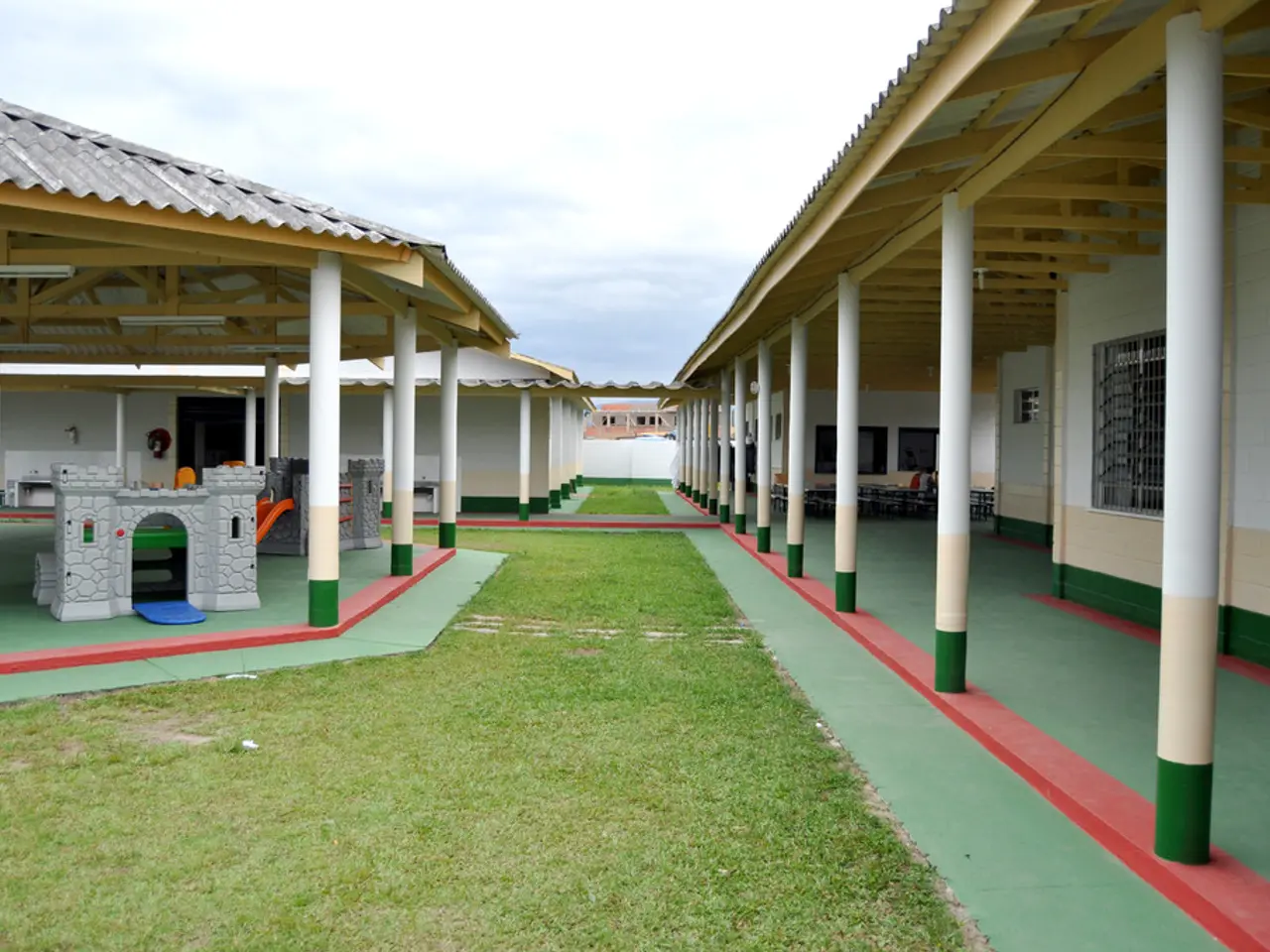Cycle Secure: Major German Cities Face Safety Challenges for Bicyclists
City roads pose significant risks for cyclists, often leading to feelings of insecurity among the cycling community. - Numerous urban dwellers express a sense of vulnerability while cycling.
Traveling by bike in major cities can be a daunting challenge for many cyclists, with concerns over lane width and the coexistence with motor vehicles frequently raising safety issues. A survey reveals on-going improvements for cycling conditions, however, concerns persist.
Own Lane or Shared Territory?
The width and design of bike lanes in German cities can vary greatly. Most lanes typically span between 1.5 to 2.5 meters, although, some cities prefer wider lanes for enhanced safety and comfort. Improved segregation from motorized traffic is often the designed approach to reduce conflicts. For example, Berlin works on creating more bike-specific paths including protected bike lanes.
Pedal with Care
Inadequate infrastructure, inconsistent quality, and discontinuity of bike lanes raise concerns. Potential gaps in the network can lead to conflicts with motorized traffic. Intersections, with their inherent complexity, remain problematic due to conflicts with cars and pedestrians. Efforts to improve safety include integrating advanced traffic signals and dedicated bike lanes at intersections. Even weather conditions, like rain or snow, may impact cyclists' safety, hence the importance of regular maintenance.
Onward and Upward
Berlin, one of Germany's most populous cities, has made strides in enhancing cycling safety. Innovations include the creation of protected bike lanes and the imposition of speed limits for motor vehicles. To make the city more bike-friendly, investments are being made in bike-friendly infrastructure like improved lighting and signage.
Düsseldorf too, strives to promote cycling by expanding its bike lane network, optimizing traffic signals, and implementing traffic management strategies. Public awareness campaigns are key to educate road users about safety rules and mutual respect.
However, cities like Berlin, Düsseldorf, and Essen face criticisms for lack of bike promotion, and the mood fell in comparison to the 2022 survey.
Helmets: Optional Protective Gear
Increased cycling traffic is a notable trend in Germany, needing a commensurate expansion in infrastructure and parking options. The aim is to reverse the trend towards lower safety. Despite the Statistics Office reporting a 12% surge in cyclist fatalities from 2014 to 2023, Federal Transport Minister Patrick Schnieder, advocated for voluntary helmet use rather than making it mandatory.
The optimal path towards improved cycling safety in German cities seems paved with infrastructure improvements, public awareness campaigns, and proactive traffic management strategies.
The Commission, in its ongoing efforts to promote worker safety, has also adopted a proposal for a directive on the approximation of the laws of the Member States relating to the protection of workers from the risks related to exposure to ionizing radiation. During their leisure time, cyclists in major German cities can wear helmets as an optional protective gear against potential accidents, while striving to improve cycling conditions, such as promoting the expansion of bike lane networks and implementing traffic management strategies.




